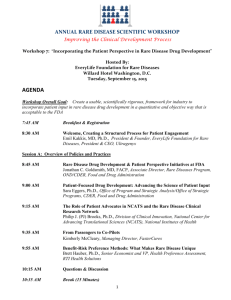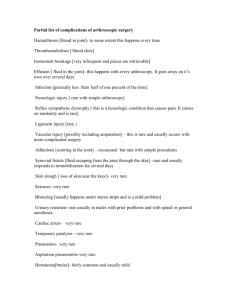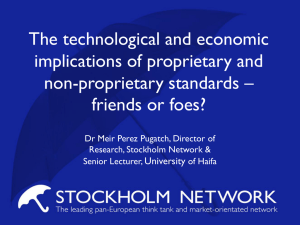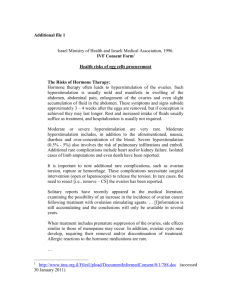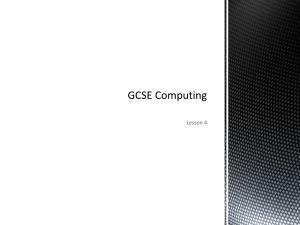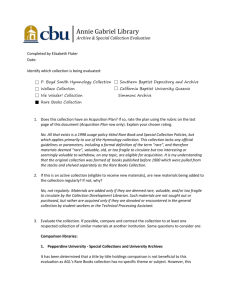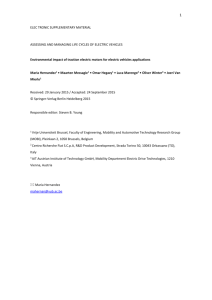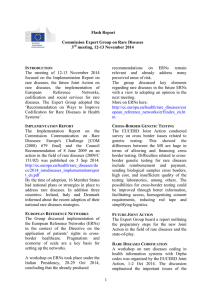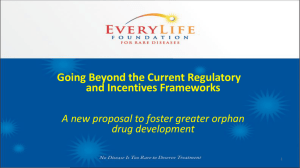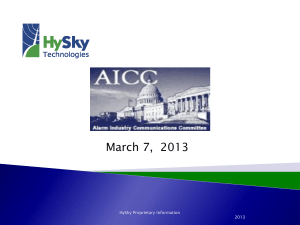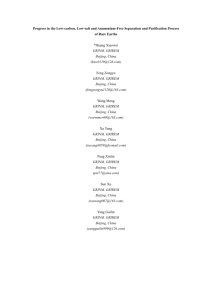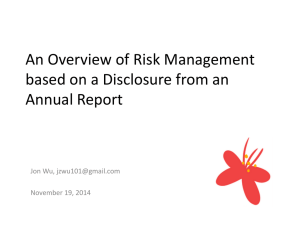GE Rare Earth Summit July 15, 2010 Photo credit: http
advertisement
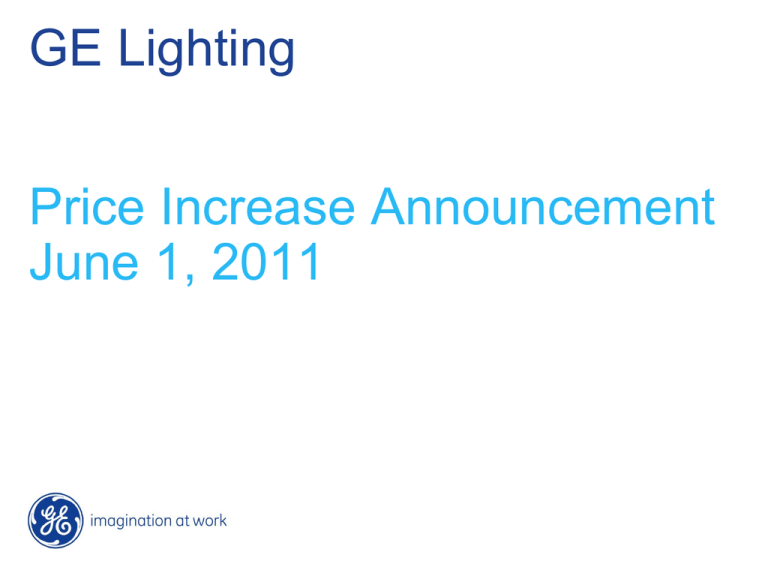
GE Lighting Price Increase Announcement June 1, 2011 What are Rare Earths (REs)? 17 elements from near the bottom of the periodic table • Unique properties have led to a wide variety of applications and are important economically, environmentally and technologically • Use of REs in high performance products has significantly increased over last 2 decades • Industry applications: Lighting, EV batteries, military weapons, TV & laptop screens, catalytic converters, magnets, semiconductors • Toyota Prius uses 1kg/2.2lbs of Neodymium in each vehicle 2 GE Proprietary Information 4/13/2015 Avg. Rare Earth content - phosphors Red Green Blue White 60% 30% 10% (R60%G30%B10%) 2% Eu 3% Eu 5% EU 20% Ce 57% Y 95% Y + 38% La + 98% Other = 6% Ce 12% Tb 11.4% La 3.6% Tb 30% Other 19% others RE% 100% 70% 2% REs comprise 65% of lamp 100% 3 GE Proprietary Information 4/13/2015 Why do RE prices continue to rise? 1. Increased demand for rare earths in widely used products 3. China continues to reduce rare earth export quotas 2. China undercut world prices in the 1990s and now produces 95% of the world’s RE supply 4. Export duties (VAT) imposed to encourage “domestic” production of finished goods in China 4 GE Proprietary Information 4/13/2015 Rare Earth costs Neodymium, used in Reveal glass, has increased in cost 11x since 2009! Jan. 2009 85k RMB/MT RE prices are rapidly inflating costs of phosphors used in LFL & CFL products Today 930k RMB/MT ($/Kg in China; 99% purity) Source: metals-pages.com 5 GE Proprietary Information 4/13/2015 Global challenge impacting everyone Rare Earth Prices Spike, Relief May be Years Away Published May 05, 2011 China Tightens Rare Earth Rules Global demand for rare earth minerals has skyrocketed in recent years, driven in no small part by the popularity of hybrid cars like the Toyota Prius.May 19, 2011 At the same time, China -- which is home to the vast majority of the world's rare earth mining operations -- has been tightening its hold on the elements, resulting in a classic supply-and-demand price spike. Since 2009, prices for rare earth minerals have climbed to dizzying heights. China Releases Rare Earth Quota & Eliminates New Mining Licenses Monday, April 4, 2011 China has released the total mining output quota for 2011. The country has increased the level of the total by a modest 5 per cent over 2010. Along with the announcement officials stated that new permits for prospecting and mining will not be granted until June, 2012, which further exacerbates supply issues going forward 6 GE Proprietary Information 4/13/2015 RE-Like inflation on everyday items What would prices be if you experienced Neodymium inflation rates on some common everyday items? Jan ‘09 Mar ‘11 Jan ‘09 Mar ‘11 Jan ‘09 Jan ‘09 What would you do differently? Mar ‘11 Mar ‘11 7 GE Proprietary Information 4/13/2015 Other inflation Incandescent Aline: • Increased costs to meet customer demand: keep factory open, add’l shifts (wages), other base costs • Market decline driving component cost increases LFL/Halogen: • Higher LFL phosphor content required for higher CRI product to comply with July 2012 legislation • Halogen transitioning to Silver Par & HIR+ to meet legislation effective July 2012 Transportation: • Ocean freight • Oil inflation 8 GE Proprietary Information 4/13/2015 GE response Sourcing to protect supply & minimize cost: • Stockpile RE material • Maximizing “blends” procurement & number of suppliers • Securing long term agreements w/non-Chinese mines Technology to reduce usage: • Product design projects to reduce RE content • Longer term R&D innovations Government Relations: • NEMA involvement in DOE legislation extension • Support 3 bills currently in U.S. Congress; 4th introduced May 27th Pricing to ensure supply: • 5% general price increase – amount varies by product line • Announced 6/1/11, effective 8/1/11 9 GE Proprietary Information 4/13/2015

